Top 15 Worthless “Valuables”
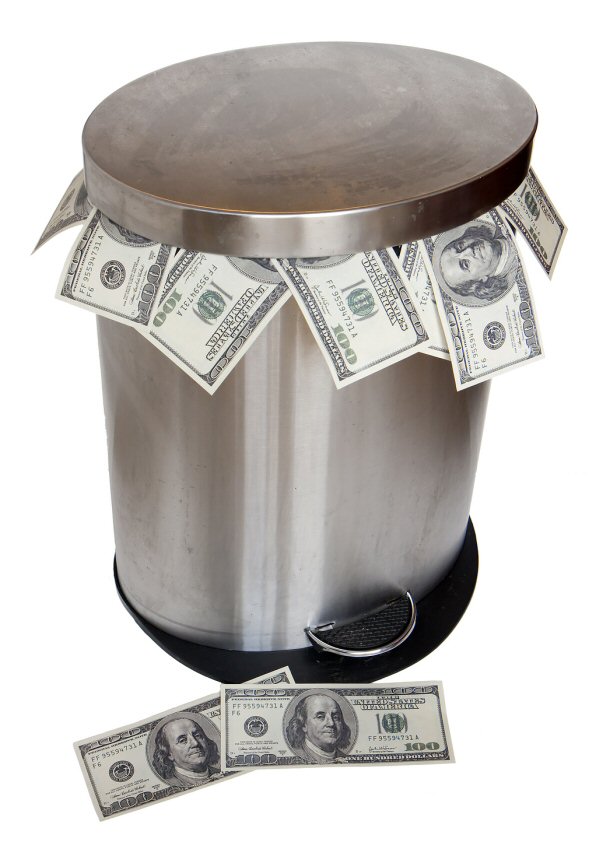
Even people who aren’t hardcore collectors still want to believe that they
could make a bit of extra cash from the few collectible items they’ve
accumulated over the years. Most people have bought a few things that they had
little or no genuine interest in because they liked the idea that they could
keep it aside, watch it appreciate in value then sell it for a small fortune
in the future. It seems like a good idea and for the most part it is, assuming
you pick the right kind of item. There're many items out there that people feel
are guaranteed to raise in value but the fact is they'll
depreciate instead, this list of top 15 worthless valuables should help sift out
the trash among their treasures.
15) Vintage Movie
Posters
Original vintage movie posters can be a sound investment if they’re of true classic films from the early to mid
1900s, such as: ‘Ben Hur’ (1959); ‘2001: A Space
Odyssey’ (1968) and ‘Lawrence of Arabia’ (1962). Classic movie posters are
certainly valuable and will only increase in value.
However, many other film posters don’t hold inherent value due to mass
production and the increasing popularity of collecting them. While it’s worth
collecting movie posters and hoping that the film it represents becomes a
classic, there’s little chance of chance of making a significant return on the
investment.
A worthless vintage Santa Clause Conquers the Martians
poster
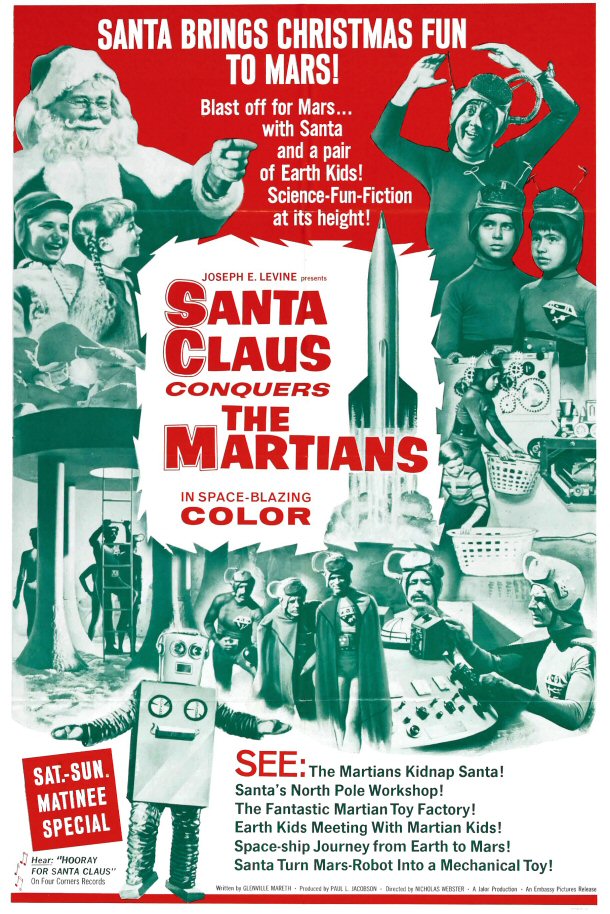
14) Hummel Figurines
Hummel
figurines, otherwise known as Hummels or M.I. Hummel figurines, are a collection
of porcelain figures based on the largely pastoral sketches by Sister Maria Innocentia.
These initially gained popularity in Switzerland and
Germany around the 1930s. The original images were popularized through postcards
before porcelain maker, Franz Goebel, obtained the rights to produce figurines
from the images.
The first series of the figurines were developed in 1935 and porcelain
figures were popular at that time, Hummel figures were an instant success then
soon made their way into the U.S. market. They were popularized largely by
German immigrants, seeking refuge in America from Germany’s Nazi regime.
The figures gained higher demand after World War II, wanted by
American soldiers serving in Germany who sent them back to the U.S. as
souvenirs. In later years, the figurines became highly sought after
collectables with the popularity hitting its peak in the 1970s. The Hummel
figurines were considered to be an excellent investment, which only served to
increase the popularity.
A secondary market for
the statuettes never developed, leaving only the hardcore collectors interested
in the product after a period of extreme desire to own a figurine but. The
figurines are still produced today with an adequate market because they are still seen by some as
a sound investment and popular in a number of
countries. The figurines aren’t as popular or financially beneficial as some
think. Even original pieces and limited editions are selling for around $50 a
piece. Furthermore, it’s not uncommon for them to sell around or below purchase
price.
Hummel Figurine
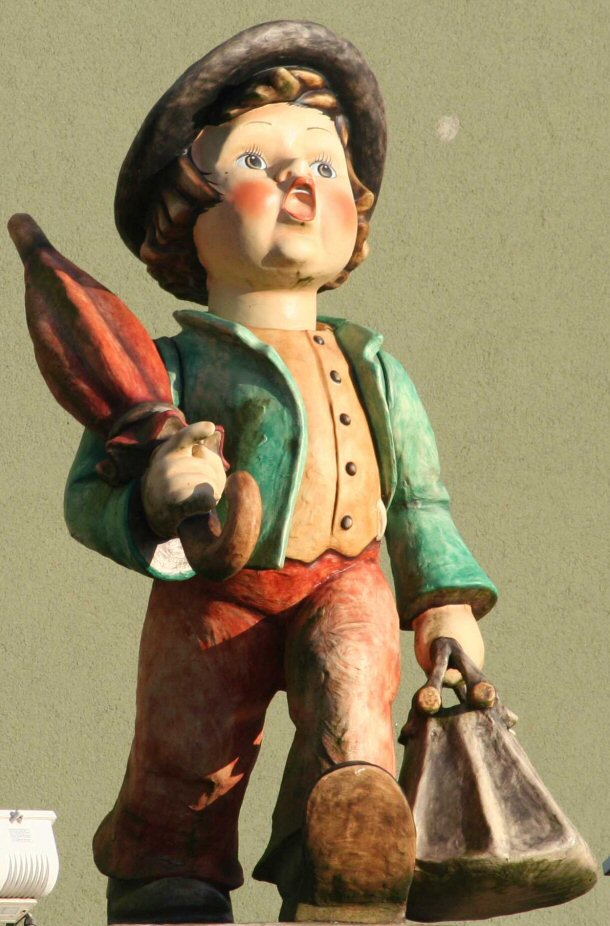
By Störfix, via
Wikimedia Commons
13) Cabbage Patch
Kids
Cabbage Patch Kids were one of the most popular toys of the 1980s and still
remain one of the most popular lines of dolls ever made. Created in the 1970s,
Xavier Roberts developed the dolls based on designs by Martha Nelson Thomas.
The dolls were initially sold at
small, local markets under the original name “Little People” before gaining phenomenal success. They were eventually
mass produced throughout the 1980's and ultimately became one of the longest
running doll franchises in the United States.
1983 was the year that the dolls hit the public consciousness and instantly
created one of the biggest fads of all time. The product was one of the first
toys to be exploited by shady entrepreneurs, who bought up the insufficient
supplies and then sold them with extreme mark ups in price to desperate parents
around the holidays.
The toys along with their accessories were originally produced by Coleco, followed by
Hasbro, Mattel, Toys "R" Us and currently is sold by Play Along. The key to the toy’s
success was marketing with a variety of dolls each with individualized facial
features that came with “adoption” papers to encourage a sense of maternal
bond.
The inherent value of the original product was under minded as a result of mass production and longevity of the
product, despite now there's a novelty market as opposed to a mainstream audience.
The only exception is the very first line of dolls that were first known as
Little People.
Cabbage Patch Kid
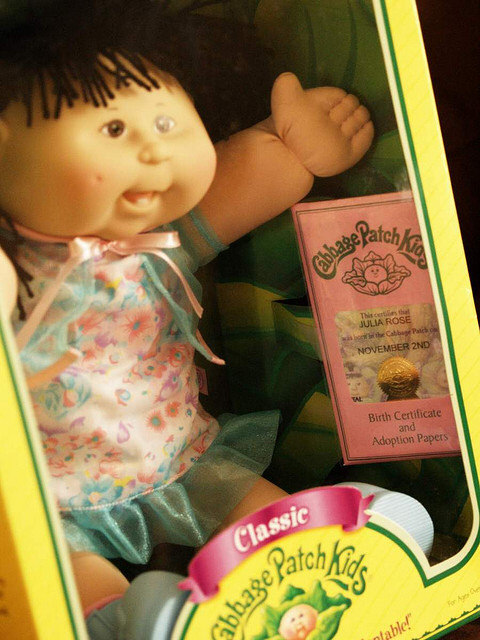
12) Beanie Babies
Produced by the company Ty Warner Inc., Beanie Babies are a variety of stuffed
animals that were first released in 1993. There were originally nine of the
characters to collect : Spot the Dog, Patti the Platypus, Legs the Frog, Splash
the Whale, Squealer the Pig, Flash the Dolphin, Chocolate the Moose, Pinchers
the Lobster and Brownie the Bear, later known as "Cubbie".
With their cute appearance and names, Beanie Babies were an instant success
amongst kids and adults. While production of the product ceased in 1999,
consumer demand led to a re-launch of the product. In 2000, Beanie Babies were
re-released with numerous new varieties that included Teenie Beanies and a line
produced specifically for McDonald’s Happy Meals.
The renewed interest in the plush toys is what led to the misconception that
Beanie Babies are valuable collectables. The new products proved popular amongst
hardcore collectors that were desperate to have the whole set. They became a
good and sound collectable, as the manufacturer released limited productions of
the doll. This initially resulted in the scarcity of the items and created a
secondary market where the most sought after dolls sold much higher than the
original price. Ultimately, the manufactures ended up producing large quantities
of each character that significantly reduced the inherent value of products.
Beanie Babies
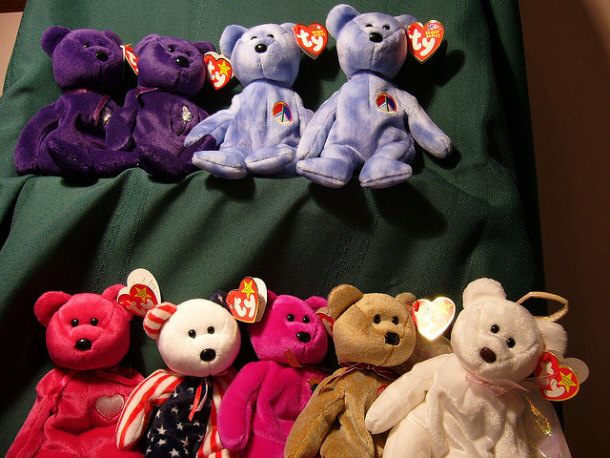
11) McDonald's Happy
Meal Toys
If there’s one company in the world that is brilliant when it comes to
advertising, it is McDonald’s. The company always promotes figures in their
Happy Meals as collectible items and many children as well as adults believe the
claims, thinking that if they hold onto them long enough then their value will
skyrocket in the future.
In reality, the items are so mass produced on a global scale that it would
take not just years but generations for the toys to appreciate in value, if
they ever do at all. There are some specific Happy Meal figures that may go up
in value, like the toys that were developed to promote movies and cartoons but most
of the McDonald’s items have no real inherent value.
Pirates of the Caribbean Happy Meal Toy
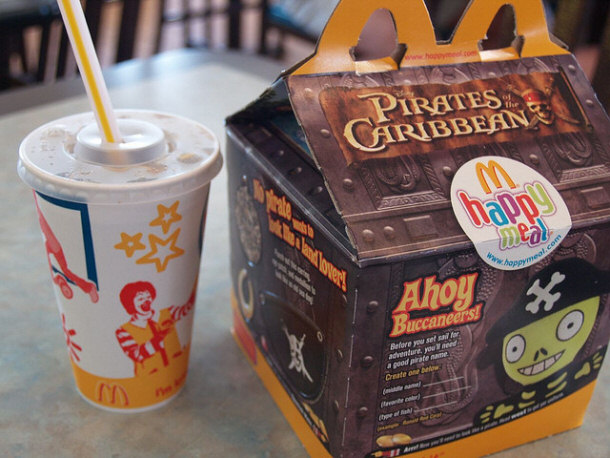
10) Recent "Star
Wars" Figures
One of the soundest investments you could possibly make is collecting the
original "Star Wars" figurines from the first movie trilogy series, released in
the late 1970s. When the prequel movie trilogies were released in the 1990s,
many people bought up pretty much anything related to "Star Wars".
People figured that it was simply the name of the franchise that meant
instant value however, it was the original movie that started all the rage.
"Star Wars" was never expected to be as successful as it became and ultimately
it is one of the biggest shocks in the history of cinema.
Nevertheless, people bought up as much "Star Wars" merchandise as they could
upon the release of the new trilogy. The figurines and pretty much all
merchandise associated with the new films are practically worthless. They might
appreciate in value decades from now but that is unlikely, given the global
mass-production of the products.
Recent Star Wars Figures
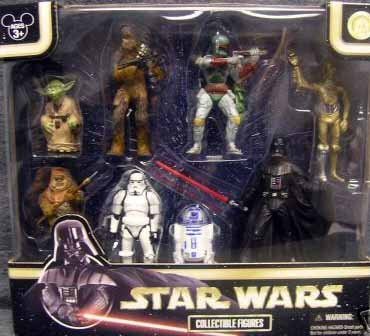
9) Collectible Coins
There is usually a difference between unique and rare when it comes to
collecting valuables of any type but people are most likely to forget this fact
when it comes to special collectable coins. On paper, unique coins with specific
one of a kind designs could be a sound investment. However, various commemorative
coins released during the years may be unique but they are not considered rare.
They are usually worth a given price range that is paid after the coin is melted
down; leaving only the metal they are made of. The issue is that there just
isn’t interest in buying the coins in the secondary market.
Invaluable Chickasaw Oklahoma Coin
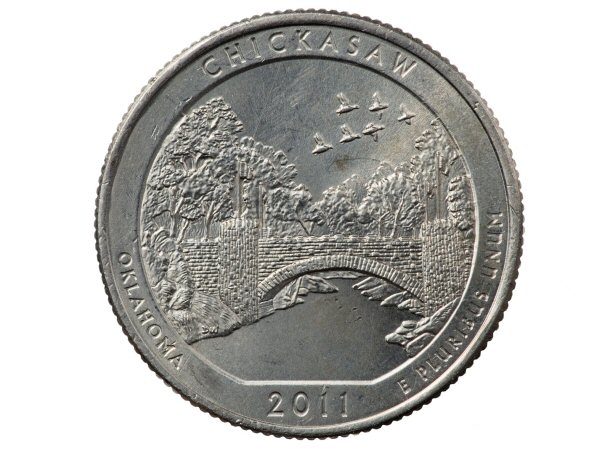
8) Homies
When it comes to collectible toys with inherent value, there’s a general rule
that items coming from vending machines are worth very little but the “Homies” toy
line seemed to be one of the rare exceptions. Released in the 1990s, the toys
became a popular fad quickly. The figurines were plastic characters representing
urban street kids in funky outfits. Homies were high in demand and they were
snatched up by collectors at a phenomenal rate.
Despite their initial popularity that saw them expand the range, interest in
the novelty faded and they are now selling for very little amongst their few
hardcore collectors.
Homies
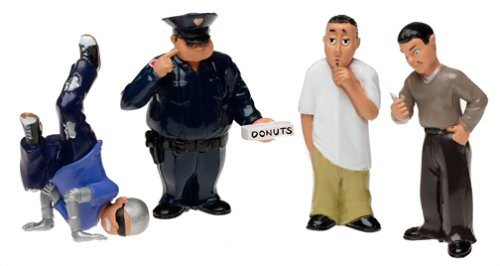
7) Magic Cards
Traditionally, board games have been a fun item for collectors to buy. In
this case, the game consists of role playing cards. “Magic: The Gathering” cards
were an instant success when they were released in the 1990s. Although the game
is currently still very popular, at one time people could sell specific cards
with game playing value for much higher prices. The cards aren’t in demand as
much as they used to be and for those who still love to play the Magic card games,
they are still worth collecting at lower prices. If a certain card has
a strategic game playing move that you may need, they will be a good investment
in personal value. As far as the inherent value as a collector’s item, the idea
of profit is not as likely as using the cards primarily for game investment.
There’s little chance of making it big financially now or in the future.
Magic the Gathering cards
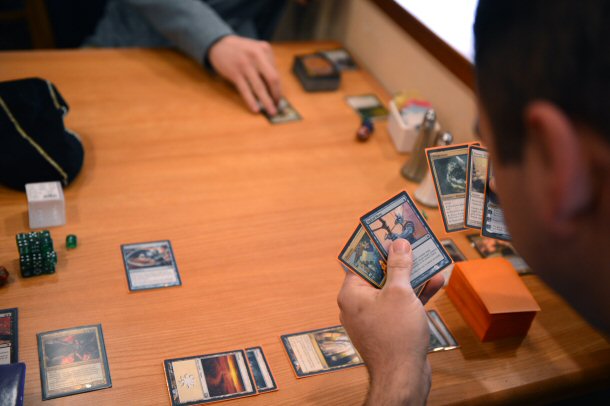
6) Comics and Comic
Trading Cards from the 90s
While there are a few comic books from the 1990s that are genuinely valuable,
most are not. This decade saw the return of the comic book craze become big
again. There was a massive variety of new superheroes introduced that appealed
to hardcore comic book fans and a whole new mainstream audience. While there
were numerous varieties of books bought, few are now worth much at all. This is
due to both mass production and the lack of maintaining the popularity of
characters that were only briefly appealing.
In a similar pop culture fad, comic book trading cards from the same era are
an equally risky investment as the comic books. Sports based trading cards were
the popular collection items until comic book manufacturers got in on the trend
and released their own cards.
Most of the major comic book producers released a variety of lines with the
average comic book collector eager to have everything to do with their favorite
superhero. The cards and books were a runaway success, at first.
Despite the elaborate range of comic related items available for purchase,
they're practically worthless nowadays. Once again, this was caused by mass
production and the loss of widespread interest.
Pile of Spiderman Comics
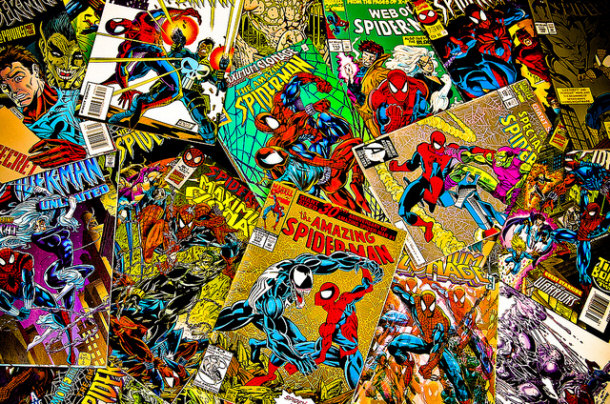
5) POGs
“POGs” were another fad that became a quick obsession for collectors and became a surprisingly huge success. POGs are small, circular pieces
of cardboard with a variety of images on them. While they were extremely popular
amongst kids when first released in the early 1990's, they didn’t last
long. Boxes carrying thousands of POGs can now be purchased on eBay for next to
nothing.
POGs
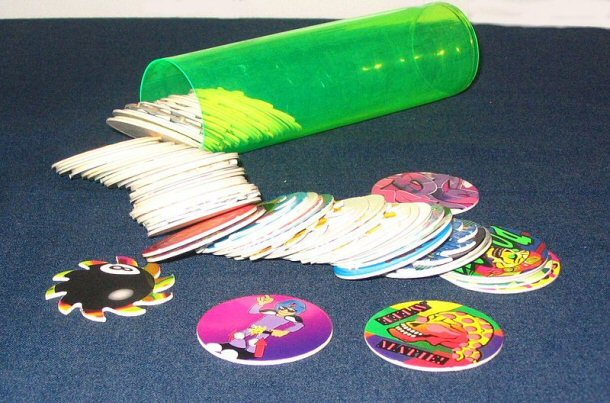
4) Hess Trucks
Hess Trucks are plastic representations of the trucking company’s vehicles. They
were first released in 1964, though it wasn’t until the 1980s that the toys
became popular. As a result, production of the items increased.The range of items for purchase was also extended to include mini-trucks.
While the original figures from the 60s and 70s are still
valuable, the resale value dropped for those from the 1980s. The early Hess versions have sold in the price ranges of $100 to $1,000,
depending on the original packaging. With the exception of a few rare versions
of the models, anything produced after 1980 is far from a sound investment.
Hess Truck
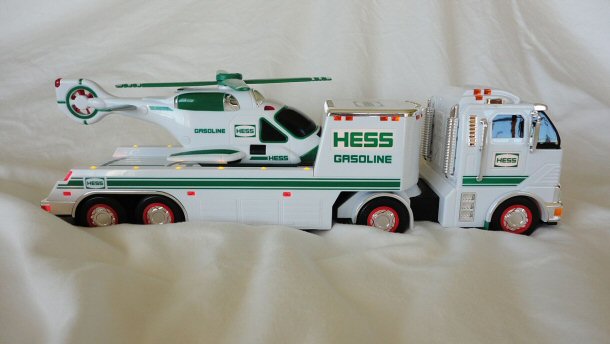
By AvidInsight,
via
Wikimedia Commons
3) Precious Moments
Figurines
The Precious Moments creations are innocent looking, large eyed, porcelain
figures. While they originally sold for more than $40, many of them now go for
an average of $1 to $5 on eBay. This is despite the fact that the company that
produce the figures, Precious Moments Incorporated (PMI), still value the
figurines at around $30. Even though PMI ntique dealers value the items as close to worthless.
The lack of appreciation in the statues arose in 2004 when PMI's business
partner at the time, Enesco, was forced to end their working relationship
because of declining sales and poorly estimated values of the items.
Precious Moments Baby Figurine
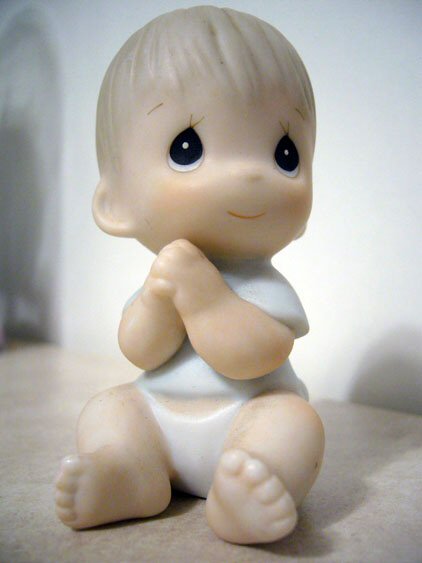
2) Reproduced Artist
Prints (Primarily Thomas Kinkade Works)
Thomas Kinkade (1958 –2012) began his career as a painter by selling his works
of art in random supermarket parking lots. He would go on to eventually create
clientele requesting his work. Kinkade’s paintings were specifically focused on
optimistic, heart-warming images, such as: garden settings, stone cottages,
streams and lighthouses. Devoutly religious, Kinkade’s work often had Christian
overtones.
The Thomas Kinkade Company was established after he became known for his
artwork and eventually printed reproductions were mass produced along with a number of licensed items. Popular prints were placed in picture
frames, Disney-licensed images, jigsaw puzzles, vases, Hallmark greeting cards,
dishes and book covers. Kinkade’s work proved popular and appealing but too in
demand to be a sound investment, despite what many believe.
Prior to internet access and sales on eBay, many people believed that a
Kinkade painting or print was valuable but endless copies were made available
for purchase. It’s estimated that there is one Kinkade print in one out of 20
homes throughout America. The art community eventually began to ridicule his
work with many dismissing it as “mall art with no inherent artistic merit”.
One big misconception that the collectors of Kinkade, and other artists with
mass-printed works, is that an artist’s work instantly
becomes more valuable after their death. While that usually is the case, Kinkade’s
business practices were questionable and different from other
well-known artists. Kinkade produced most of his work through a semi-industrial
process that involved a number of people working under him to produce his work.
The process would generally involve Kinkade’s designs painted and then having
his employees manufacture it by the hundreds. It is rumored that Kinkade may not
have even had a hand in some of his work, which was stated shortly after his
death. The official Kinkade website posted that The Thomas Kinkade Studio
Artists continue to produce his work, leaving it invaluable.
Furthermore, Kinkade’s work has been heavily counterfeited with
high-resolution digital photography coupled with new printing technology. Those
who have bought his work for the underlying religious connotations have reason
to feel ripped off. Art gallery dealers who were involved with Kinkade accused
him of using religion as a gimmick to hook his audience and persuade them to
buy, profits were supposedly used to support Christian missions.
Ultimately, the multi-facetted approach to the mass-production and marketing
of Kinkade’s work leaves much of it with little to no inherent value. Reproduced
prints by artists like Norman Rockwell also hold no true value, despite what
many people think. Rockwell plates were produced by numerous manufacturers in
huge quantities. This resulted in the product saturating the market through
mass-distribution and making the quality of the prints questionable. Diminished
interest in classic images of Americana and easy availability collude to make
this seemingly sound investment far from profitable.
Thomas Kinkade's Family at Deer Creek painting

1) Baseball and
Basketball Cards
There aren’t many athletic kids that don’t love to purchase basketball or
baseball cards. Many people were collectors whether they liked the sports or
not, this is where the problem began. Sports trading cards are one of the most
misunderstood “collectables”. where some cards are valuable but not all of
them. In fact, there are only a select few that have any value at all. Trading
cards produced before the 1970s, prior to the products phenomenal success in
later years, were produced in the millions and that made the cards less
valuable.
Sports cards were never thought to have a market beyond children, which is
why they were packaged with pieces of cheap bubblegum that potentially damaged
the cards. Sports cards embody the core
misconception people have when it comes to what is worth a fortune, what isn’t
valuable at all and why more so than any other collectable.
Basketball Cards
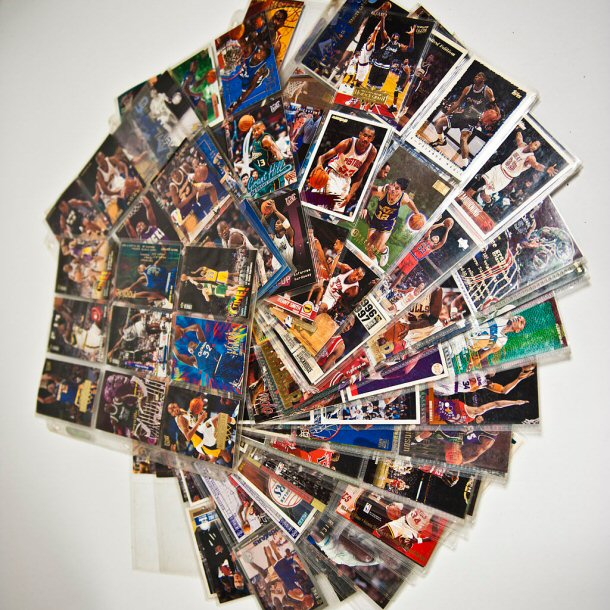
By Hgrobe,
via
Wikimedia Commons
Conclusion
If you’re accumulating a particular item because it has an inherent value to you
personally then that’s perhaps the best approach to the hobby of collecting. If
your objective is to make money then the process requires a lot of research,
thought and even a bit of luck. These are all reasons why you should consider
the outcomes before spending your money on something that could ultimately lose
you money in the end.
The very thing that makes something collectible is the fact that no one ever
anticipated that it would become valuable in the first place, hence why only a
small number were initially produced. why the items are more costly and very
hard to find.
Collectables
Top 15 Worthless "Valuables" |